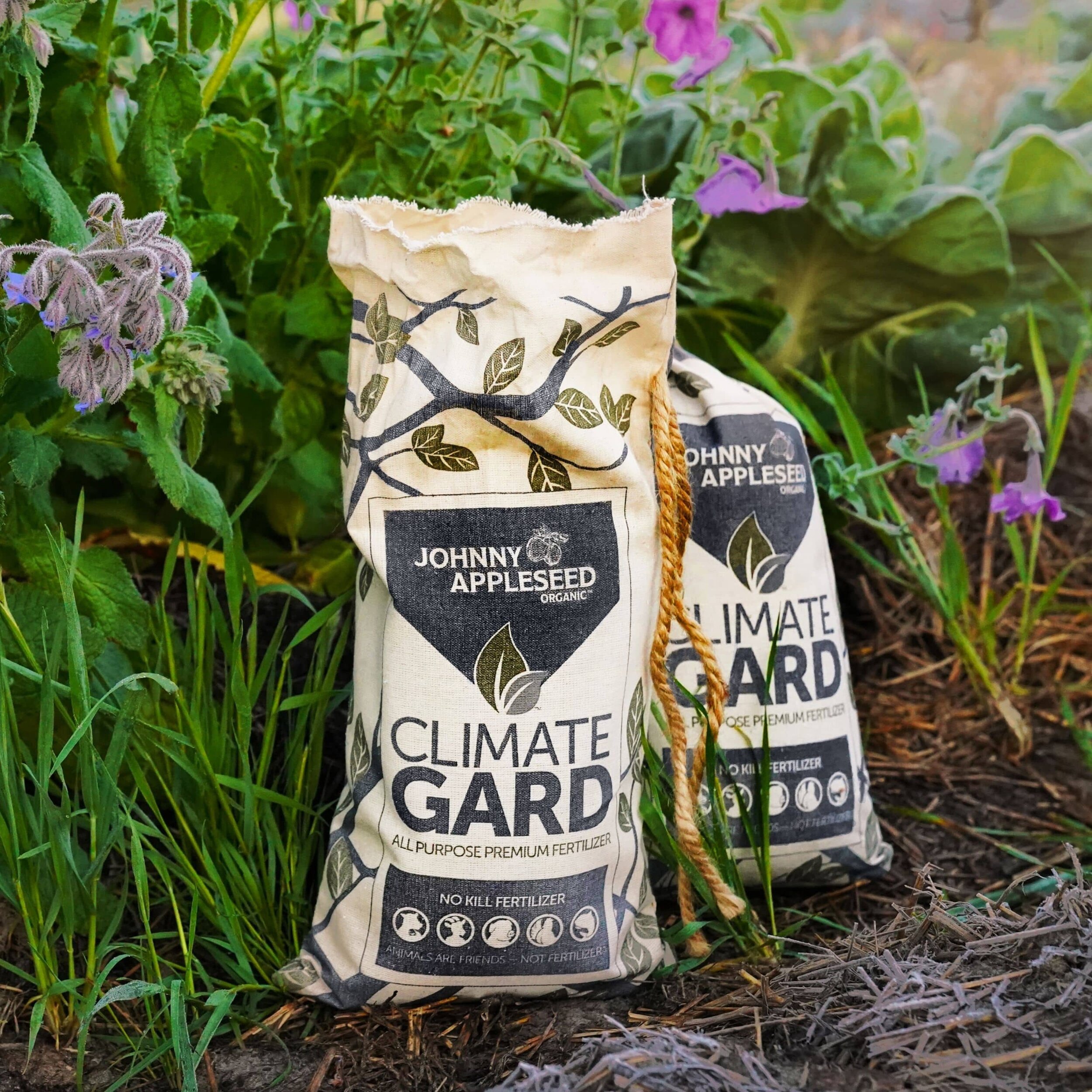How fish-based fertilizer wrecks the environment
By Charles Goodin
If you’ve spent any time shopping for organic fertilizer, you know fish emulsion is one of the most common ingredients from which products derive their nitrogen, phosphorus and potassium. You’ve probably also heard a number of gardening experts extoll the benefits of this seemingly innocuous source of micronutrients.
While it is true that fish emulsion-based fertilizers can have a positive effect on plants, the manner in which the fish themselves are harvested is anything but harmless. In fact, it leads to a host of negative ecological effects, ranging from increasingly frequent algae blooms to a higher risk of disease among other fish.
Two key pieces of information can help explain how these environmental impacts come to pass: (1) the ecological niche of the species most often used in most fertilizer, and (2) the scale at which these fish are harvested.
What kind of fish are used to make fertilizer?
Almost all fish emulsion-based fertilizers are made with Atlantic menhaden, a filter-feeding forage species that serves as a critical food source for striped bass, bluefish, mackerel, flounder, tuna, drumfish, sharks, egrets, ospreys, seagulls, northern gannets, pelicans and herons.
Tasty as they may be to predators, the menhaden’s dietary preferences may be even more important to the wellbeing of their aquatic habitats. They are a primary consumer of algae, which must be kept in check to prevent blooms and the hypoxic deadzones that result from them.
And, since fertilizer runoff is also a primary contributor to algae blooms, harvesting menhaden to produce it creates an especially cruel cycle of ecological damage.
How many Atlantic menhaden are harvested for fertilizer?
Given its critical role in maintaining environmental equilibrium, it goes without saying that maintaining healthy menhaden populations is key to ensuring the wellbeing of ocean habitats. As such, you might expect to learn that strict fishing limits were long ago imposed in order to keep menahden schools plentiful.
Unfortunately, legislators and conservation agencies are only beginning to take action, and until very recently as many as 1 billion pounds of the fish were taken off the coast of Louisiana alone each year. Overfishing at a similar scale in the Chesapeake Bay created major water quality issues which led the Atlantic States Marine Fisheries Commission to declare them a depleted natural resource in 2012.
Although only a portion of these huge hauls went to fertilizer manufacturers (menhaden are also a popular source of fatty acids for fish oil supplements), the overall scale of commercial menhaden fishing operations is so obviously unsustainable that anyone concerned about the environment would do well to avoid contributing to it.
Conclusion
While fish emulsion can form the basis of an effective fertilizer, people who care about the wellbeing of our oceans, wild animal populations and planet have plenty of reasons to consider alternative means of bringing vitality to their garden.
Sign Up for Newsletter
Follow Us on Social
Cutting-edge microbiology
No kill formula
Superior plant nutrition derived from the most ethical, sustainable sources available.
Produces the same results as conventional fertilizers without the negative environmental impacts.
Each ClimateGard pellet is infused with micronutrients, silicon, humic acid and a high-performance blend of living bacteria and fungi.
Delivered in an environmentally friendly organic cotton bag with a compostable inner liner.
Will continue to enrich your soil long after application.
$39.95 for 7.5 pound bag | $69.95 for 15 pound bag.



